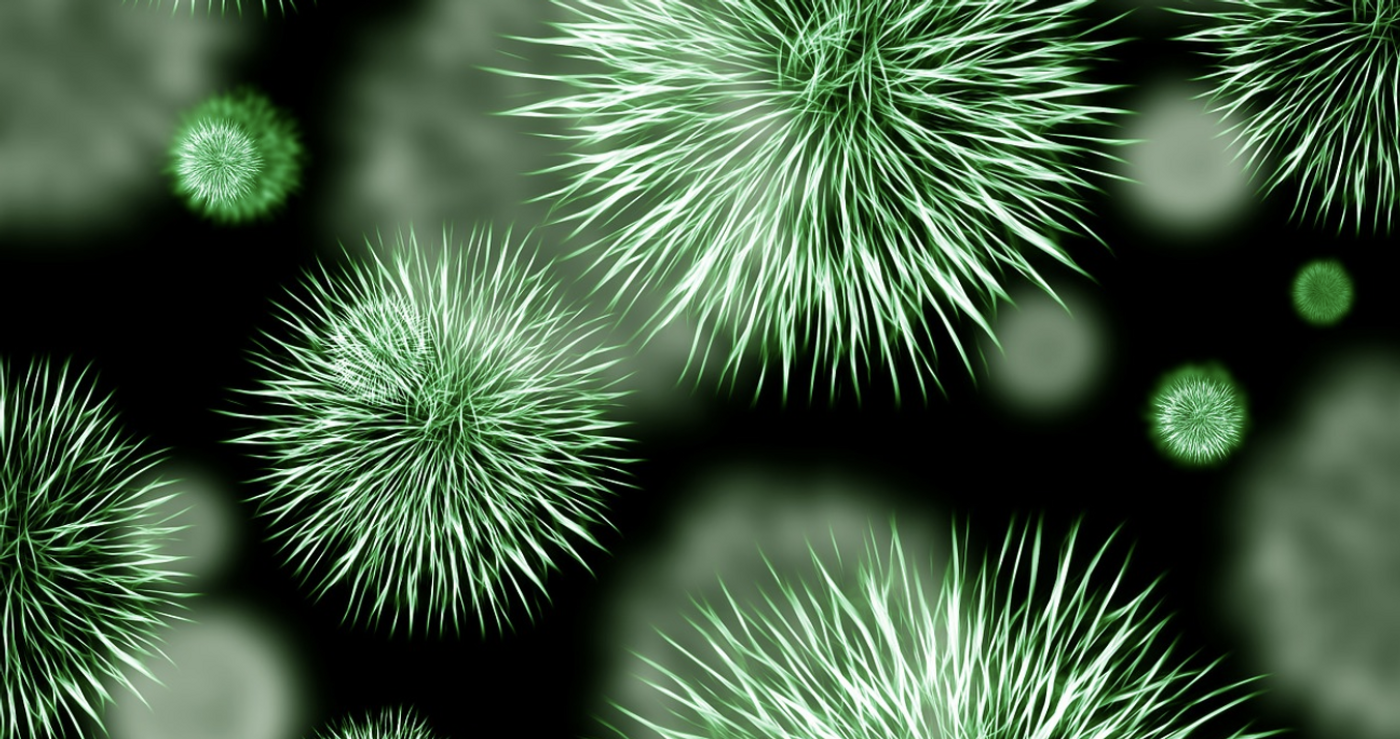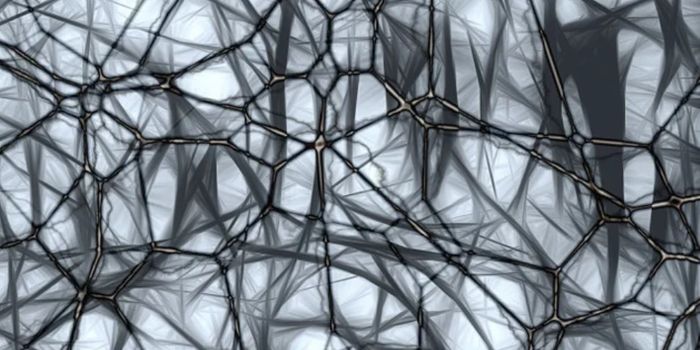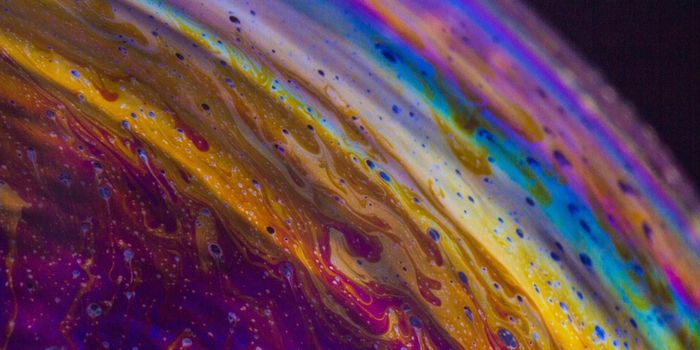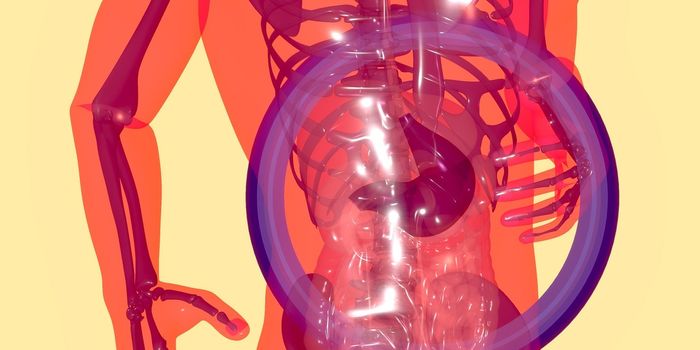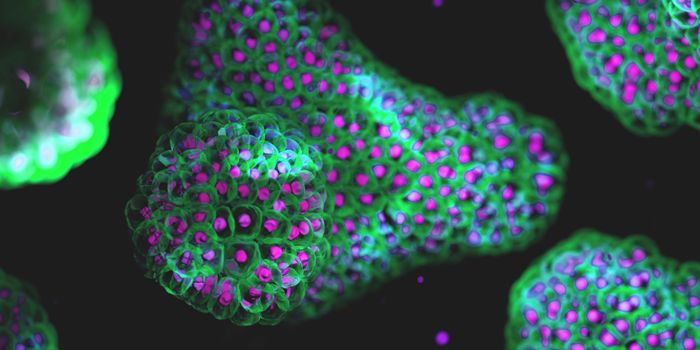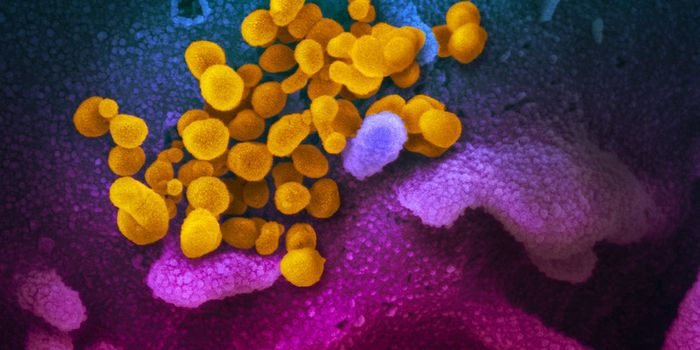A Virus That Can Target and Eliminate Specific Bacteria
Viruses that infect bacteria are called phages, and scientists have been interested in whether they can be used to target and destroy bacterial infections for hundreds of years. Phages were even in use before antibiotics, but once drugs like penicillin became available they were left by the wayside. In recent years that's changed as more and more strains of pathogenic bacteria gain resistance to antibiotics, and it becomes more difficult to eliminate bacterial infections.
While many microbes live harmlessly in the gut, others can cause problems. Scientists have now identified a phage that can go directly to the location in the gastrointestinal tract where a specific bacteria resides. While relatively harmless in the gut, this microbe can be dangerous if it gets out. So, the phage can find this potentially infectious microbe in the gut, then infect and destroy it. This work could help researchers develop therapeutics for treating infections of antibiotic-resistant bacteria that occur in the gut's mucus layer. The work has been reported in mBio.
"Phages are very specific in their ability to infect and destroy certain species or strains of bacteria and not others, such as good bacteria. In the U.S., phage therapy is increasingly becoming an available option to treat antibiotic-resistant bacterial infections, a serious health concern," noted the first study author Dr. Sabrina Green, director of research and development for TAILΦR labs at Baylor College of Medicine.
A microbe known as ExPEC ST131 can colonize the human intestine without causing disease, but it's antibiotic-resistant, and it's also able to leave the gut and infect other organs or medical device implants. They are thought to cause about 9 million infections per year. This research team has already shown that phages can treat ExPEC ST131 infections. In this work, they investigated whether phages could eliminate them before they caused a problem.
The scientists also found that phages typically have a difficult time fighting gut bacteria because of a molecule in mammalian intestines known as mucin, which are sticky proteins that create a protective layer between the lining of the intestine and gut microbes. While mucins can stop phages from infecting bacteria, some have found a way to get around the mucin and target bacteria anyway.
"We screened human sewage and animal feces for phages with unique properties that facilitate their ability to destroy bacteria in the presence of mucins," said corresponding author Dr. Anthony Maresso, associate professor of molecular virology and microbiology at Baylor. "We discovered a novel phage called ES17 that binds to mucins, and this property seemed to enhance its ability to infect bacteria in mucin-rich environments, such as the gut."
Additional work indicated that ES17 binds to molecules found in the gut and on the surface of cells called heparan sulfate. Heparan sulfate was found to bind to epithelial cells on the same binding site used by the ExPEC bacterium, showing how ES17 can target and destroy gut bacteria.
"We tested the effect of phage ES17 on its bacterial host ExPEC in a murine intestine, comparing it with phages known to be unable to infect their bacterial host in complex environments," Green explained. "We found that only ES17 had the unique ability to target and eliminate ExPEC bacteria in animal models."
"We foresee the possibility that positional targeting will be the way smart drugs work in the future. Drugs won't be just distributed all through the body in the hopes that some of it will end in the right spot. The drugs of the future will go only precisely where they are supposed to work. Our work with phages is the first case in which this has been achieved," Maresso said.
Sources: Phys.org via Baylor College of Medicine, mBio

